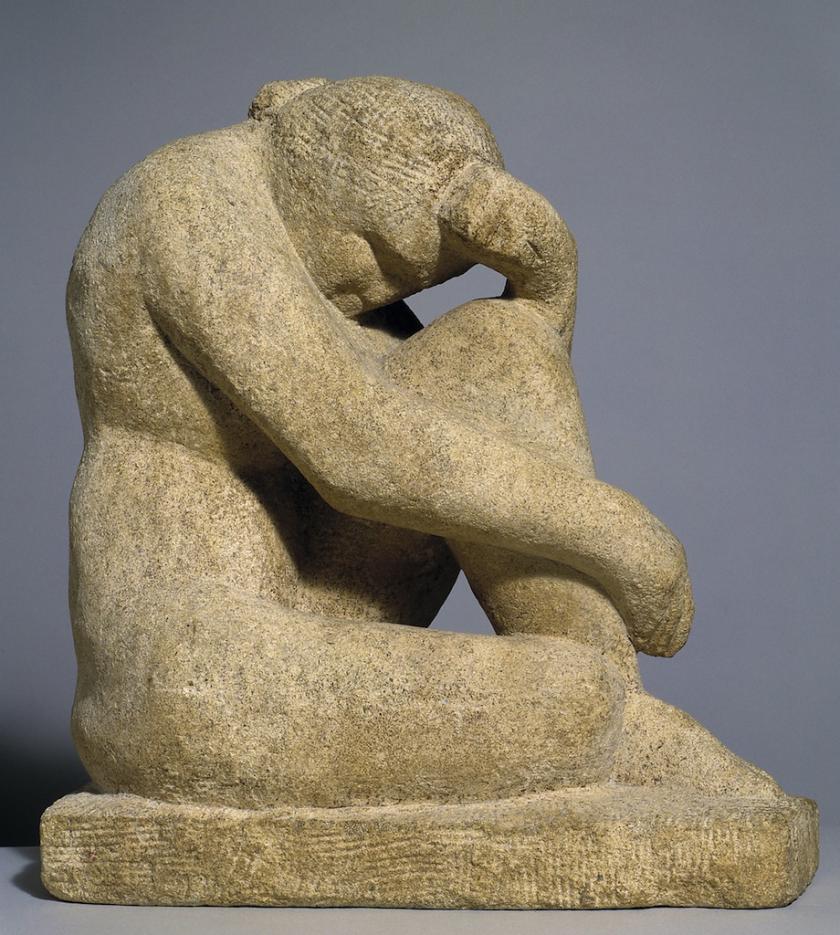This summer, Tate St Ives turned 21. And this makes it as good a time as any for an exhibition repositioning the artists who were associated with St Ives, the small harbour town in Cornwall, where you'll find the gallery on the sea front at Porthmeor Beach.
These artists, who moved to St Ives in the late Thirties and who included Barbara Hepworth, Ben Nicholson, Bernard Leach, and Peter Lanyon, were, in terms of ideas and idioms exchanged, part of a wider international community of artists in both Europe and America (Leach, the celebrated ceramicist, spread his net further, having lived and trained in Japan). Much later, in 1959, Mark Rothko visited nearby Somerset, albeit briefly, as a guest of William Scott, and met Lanyon and painter John Wells, who was also part of the thriving St Ives community. We see Rothko's clear influence on Scott, who soon adopted purely abstract motifs – his lozenge shapes are reminiscent of Rothko's blurry “multiform” horizontal bars.
However, Patrick Heron, a younger St Ives artist, has argued persuasively that such influences clearly worked the other way too, and since St Ives artists regularly exhibited in New York this view certainly paints a different picture to that of English provincialism. Then again, with the Russian constructivist Naum Gabo having also followed Hepworth and co to St Ives, we clearly see his influence as a powerful one with little that was apparently reciprocated. We see also how the French, London-based "primitivist' Henri Gaudier-Brzeska (see main picture) along with the Romanian-born Contantin Brancusi, had earlier revitalised direct carving. The exhibition follows these two strands of modern art: one the utopian ideals of constructivism, the other a tradition of carving, and of handmade craft.
The avant-garde community of St Ives was a fluid one, and embraced by younger generations of artists. Below is a gallery of work by artists who were part of it, those who were influential to it, and those responsive to its impact. The exhibition presents a compelling and intricate network of such connections.
Click on an image to enter the gallery below:









![SEX MONEY RACE RELIGION [2016] by Gilbert and George. Installation shot of Gilbert & George 21ST CENTURY PICTURES Hayward Gallery](/sites/default/files/styles/thumbnail_125_x_125_/public/mastimages/Gilbert%20%26%20George_%2021ST%20CENTURY%20PICTURES.%20SEX%20MONEY%20RACE%20RELIGION%20%5B2016%5D.%20Photo_%20Mark%20Blower.%20Courtesy%20of%20the%20Gilbert%20%26%20George%20and%20the%20Hayward%20Gallery._0.jpg?itok=3oW-Y84i)





Add comment